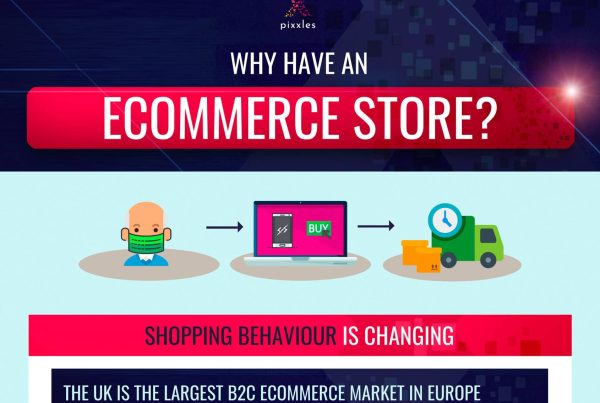If you’re a small merchant with big aspirations, there’s a big secret that many payment processors don’t want you to know.
Interchange fees are boring and complicated, right? That is what many payment companies want you to think. The astonishing fact is that the most popular pricing model used for merchant interchange fees may in fact be the worst one for your business.
Taking just a little bit of time to understand interchange can save your business a lot of money.
It’s time to let the cat out of the bag…
Interchange++ (IC++) vs. Blended Pricing – What’s The Difference?
There are actually several pricing models used for interchange fees. The two most commonly used models are Interchange++ and Blended.
What is Interchange++ (IC++)?
Interchange++ is a transparent fee structure that shows a breakdown of individual fees. As a merchant, you are charged on a per-transaction basis. The scheme and processing fees remain fixed and only the interchange fees fluctuate.
If the interchange fees are lower for a card transaction, this means lower fees for you.
Interchange++ provides a clear breakdown of all transaction fees:
- Interchange fee (IC) – An exchange fee is paid from your merchant account to your customer’s bank.
- Card Scheme fee (+) – A fee charged by Visa or Mastercard for the processing of a transaction.
- Processor fee (+) – A fee charged by your payment processor for providing you with their card processing services.
Interchange++ is typically reserved for larger businesses, while smaller businesses are put on a blended pricing model.
What is Blended Pricing?
Blended pricing is the simplest model to understand as you will only need to pay a single flat rate processing fee for every card transaction, regardless of the brand and category of card your customer pays with.
The simplicity might sound great, but these flat fees have the potential to result in less money for your business.
Interchange++ (IC++) vs. Blended Pricing – Which is Best for Merchants?
Unfortunately, SMEs tend to get the short straw here.
As we mentioned before, it’s the simpler model that is likely to be bad for your business.
Here’s why…
The Problems with Blended Pricing
1. HIDDEN COSTS
There is no clear way to tell what you are paying for as you will only be able to see a single collective fee.
Most payment processors like the idea of blended pricing as it allows them to easily charge additional fees under the guise of a consistent flat rate for the merchant.
2. NO CHANCE OF LOWER FEES
No opportunities to benefit from lower fees when possible due to the same flat rate for each transaction.
The Benefits of Interchange++
1. TRANSPARENCY
Interchange++ allows you to have a full breakdown of the fees payable to your payment processor.
You will have a clear insight into exactly what fees you’re paying for and how much of the overall fee is coming from your payment processor.
This transparency makes it possible to see if your customers are using a payment method that is resulting in lower fees.
You may then decide to encourage more of your customers to check out using this method, which means more money going to your business with each purchase.
2. IT’S COST-EFFECTIVE
Depending on your industry your business may be subject to lower interchanges fees – something which you can only benefit from if your payment processor uses Interchange++.
Blended pricing removes any possibility of this, as when interchange fees are lower the payment processor will simply pocket the difference to maintain a flat rate for all transactions.
Pixxles is an all-in-one payment provider that is focused on helping small businesses grow. That’s why we use the interchange++ pricing model as we believe it’s the fairest option that keeps costs down for our customers.
Learn more about our pricing.





